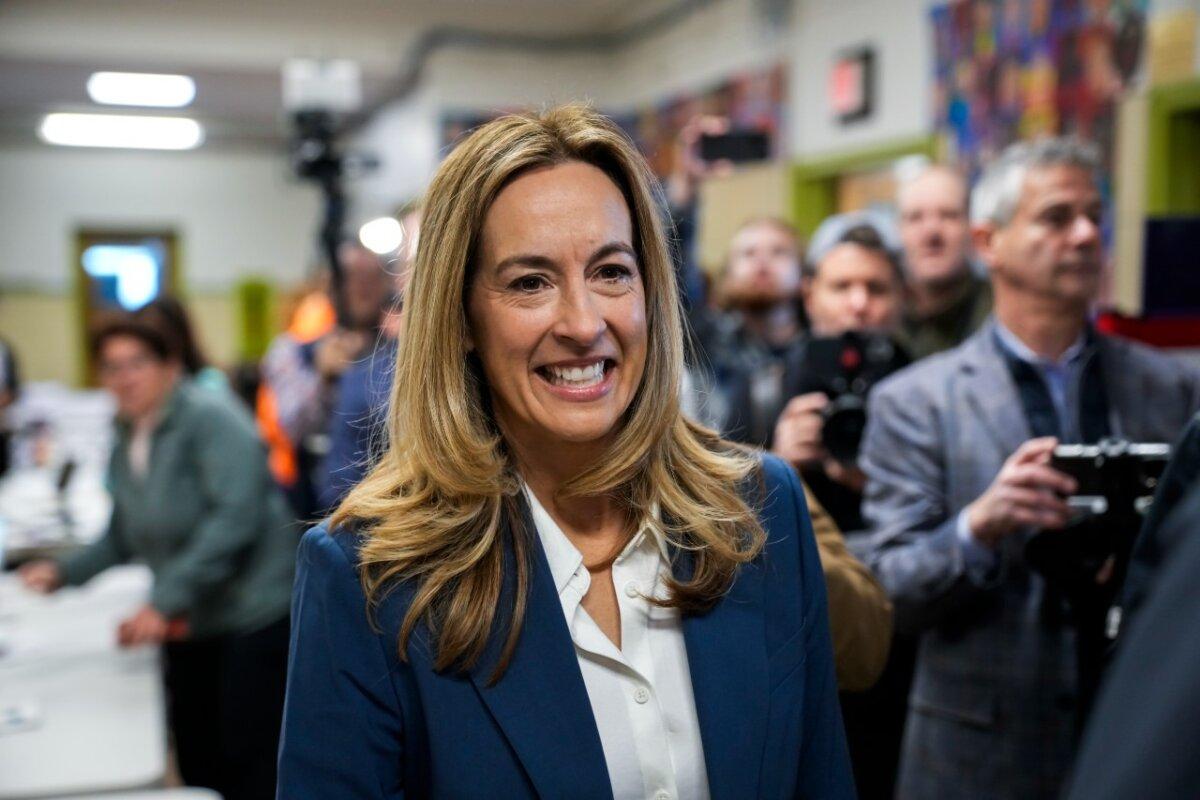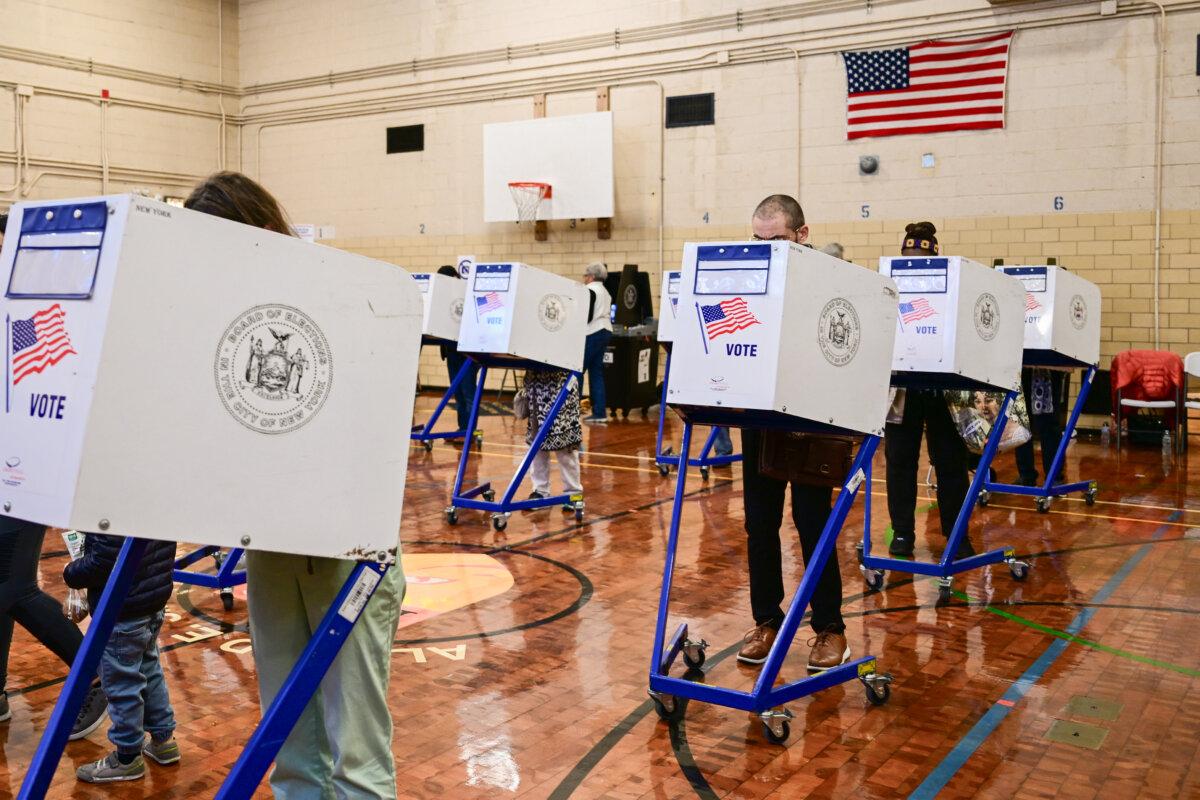Democrats Score Major Victories: 5 Key Insights from Election Day 2025
On November 4, 2025, Democrats celebrated a series of decisive victories across multiple predominantly blue states during an off-year election shaped by a federal government shutdown, a high-stakes New York City mayoral race, and contentious debates over redistricting and ballot measures.
These wins have significant implications for national politics, signaling potential momentum for the Democratic Party ahead of the 2026 midterms.
Zohran Mamdani Makes History in New York City
The most remarkable story of the evening was the historic victory of Zohran Mamdani, the 34-year-old state assemblyman and self-described democratic socialist, who won the New York City mayoralty.
Mamdani defeated former New York Governor Andrew Cuomo, who ran as an independent after leaving the Democratic Party, and conservative candidate Curtis Sliwa. Mamdani’s campaign emphasized affordability, tenant protections, labor rights, and immigrant inclusion, resonating strongly with voters concerned about economic pressures and social equity.

New York City saw record-breaking turnout, with more than two million ballots cast — the highest since 1969 and surpassing the previous early-evening estimate of 1.75 million. Pollster James Lee of Susquehanna Polling and Research noted, “The turnout demonstrates genuine enthusiasm for Mamdani’s message and a hunger for change.
Mid-20th-century mayoral contests regularly reached these numbers, but voter participation had generally declined in recent decades. This is a clear sign of engagement and energy among the electorate.”
Mamdani’s win also marks a generational and ideological shift, making him the youngest modern mayor in the city’s history, as well as its first Muslim and South Asian mayor. Political analysts see his victory as emblematic of a progressive wave within the Democratic Party, emphasizing social justice, economic reform, and organized grassroots activism.
Democrats Dominate Gubernatorial Races

Outside of New York City, Democrats secured commanding victories in several key gubernatorial races. Abigail Spanberger won Virginia by double-digit margins, making history as the state’s first female governor, while Mikie Sherrill captured New Jersey’s governorship with a similarly decisive margin.
Anticipating potential losses, Republican leaders had downplayed expectations early in the day. House Speaker Mike Johnson (R-La.) remarked, “It won’t be a big surprise if the Democrats — the radicals — win some of these elections.” Meanwhile, Senator Tommy Tuberville (R-Ala.) attempted to frame the results as predictable outcomes in “blue states” rather than as a referendum on President Donald Trump.

Political analyst James Lee emphasized the significance of the margins: “Anytime you see a 10-point or greater win, that’s a landslide — even in states that typically lean Democratic.” Aaron Dusso, chair of the Political Science Department at Indiana University–Indianapolis, added,
“In Virginia and New Jersey, Democrats win when they’re expected to, but these margins show the public sentiment toward the sitting president is weighing on the Republican brand. Trump’s approval rating has been stuck in the mid-40s for weeks, and that clearly had an impact.”
Economic Concerns Drive Voter Behavior
Across the board, voters were motivated by concerns over inflation, cost of living, and household financial security. In New York City, Mamdani’s focus on housing affordability and tenant protections resonated strongly, while in Virginia, residents cited a range of economic issues as their top priorities. Democratic supporter Autumn Lawson called for an end to “over-taxation,” especially on necessities like food and vehicles, while another voter, Siobhan, highlighted a preference for income tax reforms over sales tax increases.

Even voters who split their tickets expressed nuanced economic concerns. Marcelo Lorenzo, a Virginia power industry worker, worried about the rapid expansion of data centers and the long-term impact on infrastructure and local communities. Analysts note that these types of financial concerns often influence off-year elections more strongly than national ideological debates.
Ballot Measures Reflect Divided Public Sentiment
In addition to electing officials, voters weighed in on a series of state-level ballot measures affecting elections, parental rights, firearms, and taxation. In Texas, voters approved Proposition 15, which enshrines parental authority over children’s upbringing in the state constitution, and passed a measure barring noncitizens from voting in all local and state elections.
Maine voters rejected a proposal mandating stricter voter ID and absentee voting rules but approved Question 2, which allows courts to temporarily restrict firearm possession for individuals deemed a danger to themselves or others. Meanwhile, Colorado voters backed a measure to lower certain tax deduction limits to fund the Healthy School Meals for All Program, providing additional support for federal nutrition initiatives.
Redistricting and Implications for 2026
California voters also approved Proposition 50, a measure authorizing temporary redistricting that could grant Democrats up to five additional congressional seats in the 2026 elections. Analysts say this move could offset GOP-friendly redistricting in states such as Ohio, North Carolina, Missouri, and Texas, which collectively added nine Republican-leaning districts.
While the president’s approval rating remains a key driver in off-year elections, political strategist Henry Olsen noted that California’s new map could meaningfully improve Democrats’ electoral prospects. “Even if redistricting reduces their gains slightly, Democrats are poised to come out ahead in the next midterms, potentially picking up around 15 seats,” Dusso added.
Government Shutdown Looms but Hope Remains
The federal government shutdown, ongoing at the time of the election, added another layer of urgency. Both parties signaled cautious optimism that the standoff might soon end. Senate Majority Leader John Thune (R-S.D.) expressed hope that “this will be the week” for reopening the government, while Democrats emphasized the importance of protecting affordable healthcare during negotiations.
Rep. Tom Emmer (R-Minn.) suggested that Democrats might be more willing to compromise now that the elections were complete, a sentiment echoed by analysts noting that the party no longer needs the shutdown issue to mobilize voters. Senators Mark Kelly (D-Ariz.) and Gary Peters (D-Mich.) voiced optimism about progress, while Sen. Mike Rounds (R-S.D.) cautioned that resolution remains uncertain.
Conclusion: A Changing Political Landscape
Election Day 2025 underscored a shifting political landscape driven by voter concerns about affordability, government accountability, and social policy. Democrats emerged with momentum, securing key gubernatorial and mayoral victories, most notably Zohran Mamdani’s historic win in New York City. These outcomes highlight the strength of grassroots organizing and the influence of economic pressures on voter behavior.
Meanwhile, new ballot measures across the country revealed ongoing ideological divides over taxation, voting rights, and gun control, while California’s redistricting set the stage for intense battles in the 2026 midterms. With the government shutdown likely nearing resolution, both parties are recalibrating strategies to capitalize on gains or recover lost ground. The 2025 off-year elections thus provide an early snapshot of a political environment in flux, one that will shape the trajectory of American politics leading into the next federal election cycle.
